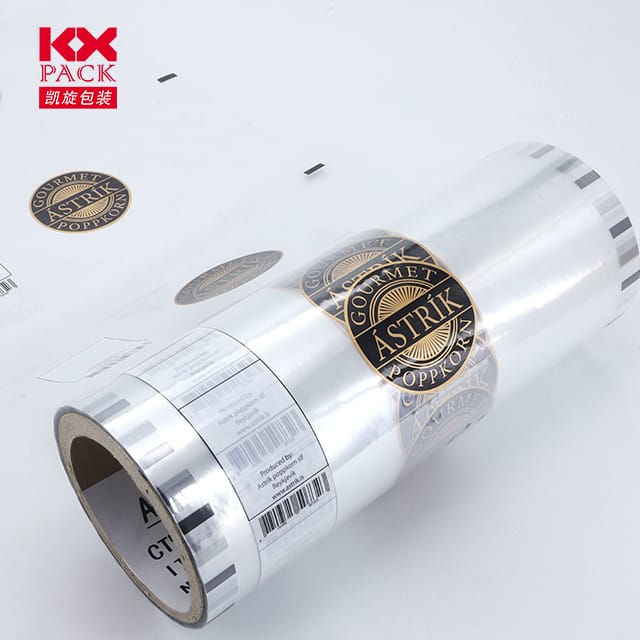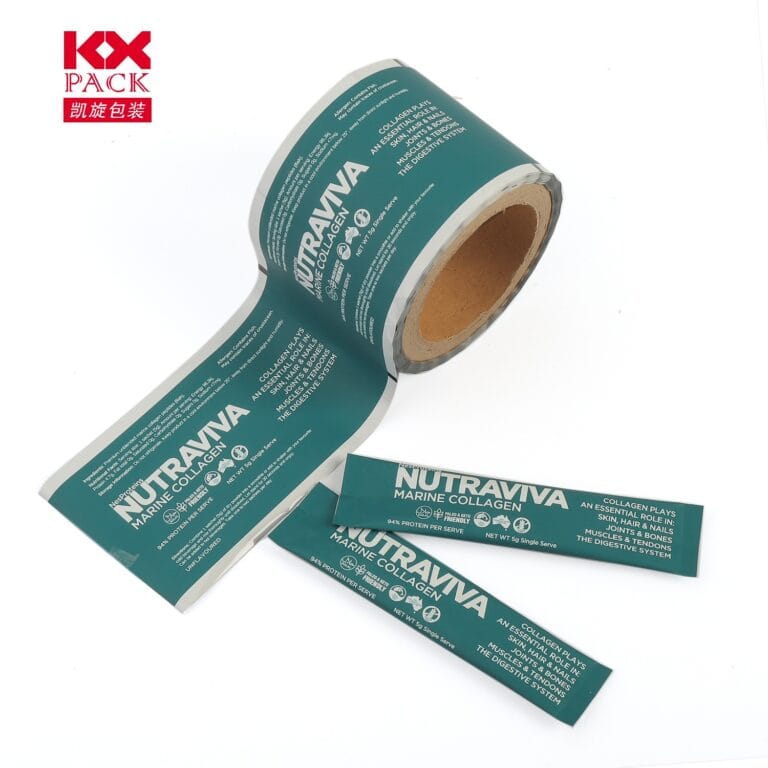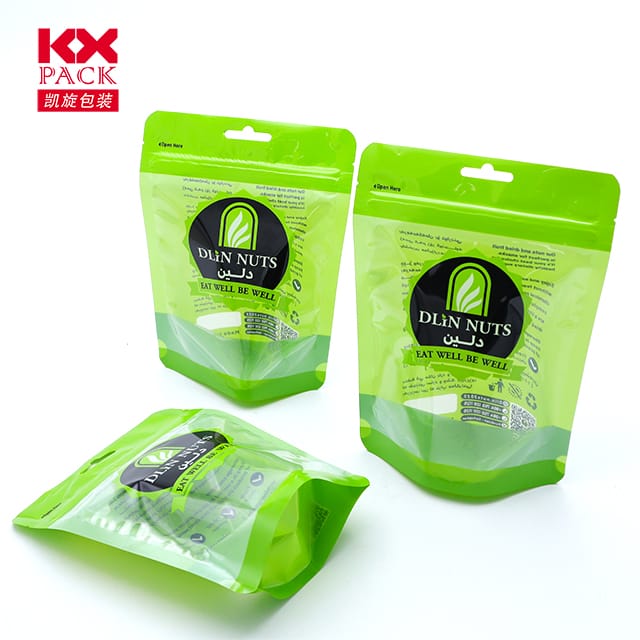Utvecklingen och framtiden för plastförpackningsfilm: Balansera innovation och hållbarhet
Plastförpackningsfilm
Plastic packaging film is ubiquitous in modern life, inpackning av allt från färska produkter till elektronik, Skydda varor under transitering, och förlängande hållbarhet. Ännu, Dess bekvämlighet har granskats på grund av miljöhänsyn. När branscher och konsumenter i allt högre grad prioriterar hållbarhet, Framtiden för plastförpackningsfilm hänger på innovation, ansvarsfrihet, and a shift toward circular economies. Let’s explore the current landscape, utmaningar, and emerging solutions in the world of plastic packaging film.
1. The Role of Plastic Packaging Film in Modern Industry
Plastic packaging film serves critical functions across industries:
- Bevarande: Barriäregenskaper (TILL EXEMPEL., syre, fukt, or UV resistance) hålla maten fräsch, minska avfallet, and ensure product safety.
- Cost-Efficiency: Lightweight and flexible, plastic films lower shipping costs and material usage compared to alternatives like glass or metal.
- Mångsidighet: From shrink wraps and cling films to laminated pouches and stretch films, the variety caters to diverse applications.
dock, traditional plastic films, often made from non-renewable fossil fuels like polyethylene (PE) or polypropylene (PP), contribute to pollution when discarded improperly. Single-use plastics, särskilt, have become a symbol of environmental neglect, prompting urgent calls for change.
2. Environmental Challenges: The Wake-Up Call
The drawbacks of conventional plastic packaging film are well-documented:
- Pollution: Mismanaged plastic waste ends up in oceans, rivers, and landfills, where it persists for centuries.
- Mikroplast: Fragmentation of plastic films leads to microplastic pollution, posing risks to ecosystems and human health.
- Resource Intensity: Production relies heavily on finite fossil fuels, exacerbating carbon emissions and climate change.
These issues have spurred regulatory actions, such as bans on single-use plastics in many countries, and a growing consumer demand for eco-friendly alternatives.
3. Innovations Driving Sustainable Solutions
The packaging industry is responding with transformative technologies and materials:
- Biologiskt nedbrytbara och komposterbara filmer: Made from renewable resources like corn starch (PLA), algae, or cassava, these films break down naturally in industrial composting facilities. dock, challenges remain, such as ensuring proper disposal infrastructure and avoiding contamination with non-compostable waste.
- Återvunnet innehåll: Använda återvunnet efter konsumenten (Pcr) plastics reduces reliance on virgin materials. Advances in recycling technologies, like chemical recycling, are improving the quality and recyclability of mixed plastics.
- Bio-Based Polymers: Films derived from agricultural waste or biomass (TILL EXEMPEL., sugarcane-based polyethylene) offer a lower carbon footprint while maintaining performance.
- Edible and Water-Soluble Films: Innovations like seaweed-based edible wrappers or PVA (polyvinyl alcohol) films that dissolve in water eliminate waste entirely for certain applications.
4. Smart förpackning: Adding Value Beyond Protection
Modern plastic films are also becoming “smarter” to enhance functionality and reduce waste:
- Aktiv förpackning: Filmer inbäddade med antioxidanter, antimikrobiella medel, or oxygen scavengers extend product freshness, reducing food spoilage.
- Intelligent Labels: QR -koder, RFID tags, or temperature-sensitive inks provide traceability, anti-counterfeiting measures, or real-time shelf-life monitoring.
- Lightweighting: Thinner, high-performance films reduce material use without compromising strength, lowering both costs and environmental impact.
5. Vägen framåt: Collaboration and Circularity
For plastic packaging film to truly evolve, stakeholders must collaborate:
- Industry Partnerships: Brands, manufacturers, and recyclers must work together to design films that are easier to recycle or compost.
- Policy Support: Governments can incentivize R&D in sustainable materials and mandate recycled content in packaging.
- Consumer Education: Encouraging proper disposal and recycling habits is critical to closing the loop.
- Cirkulära ekonomiska modeller: Adopting “design for recycling” principles and expanding reuse systems (TILL EXEMPEL., refillable packaging) can minimize waste.
Slutsats
Plastic packaging film isn’t going away anytime soon—its benefits are too significant to ignore. dock, the industry must evolve to prioritize sustainability without sacrificing functionality. By embracing biodegradable materials, recycling innovations, and smart design, we can create packaging that protects both products and the planet.
The future of plastic packaging film lies in balance: innovation that meets consumer needs while respecting ecological limits. As consumers, businesses, and policymakers, we all have a role to play in shaping this future.
What’s your take on plastic packaging? Share your thoughts or sustainable packaging hacks in the comments! 🌍📦







